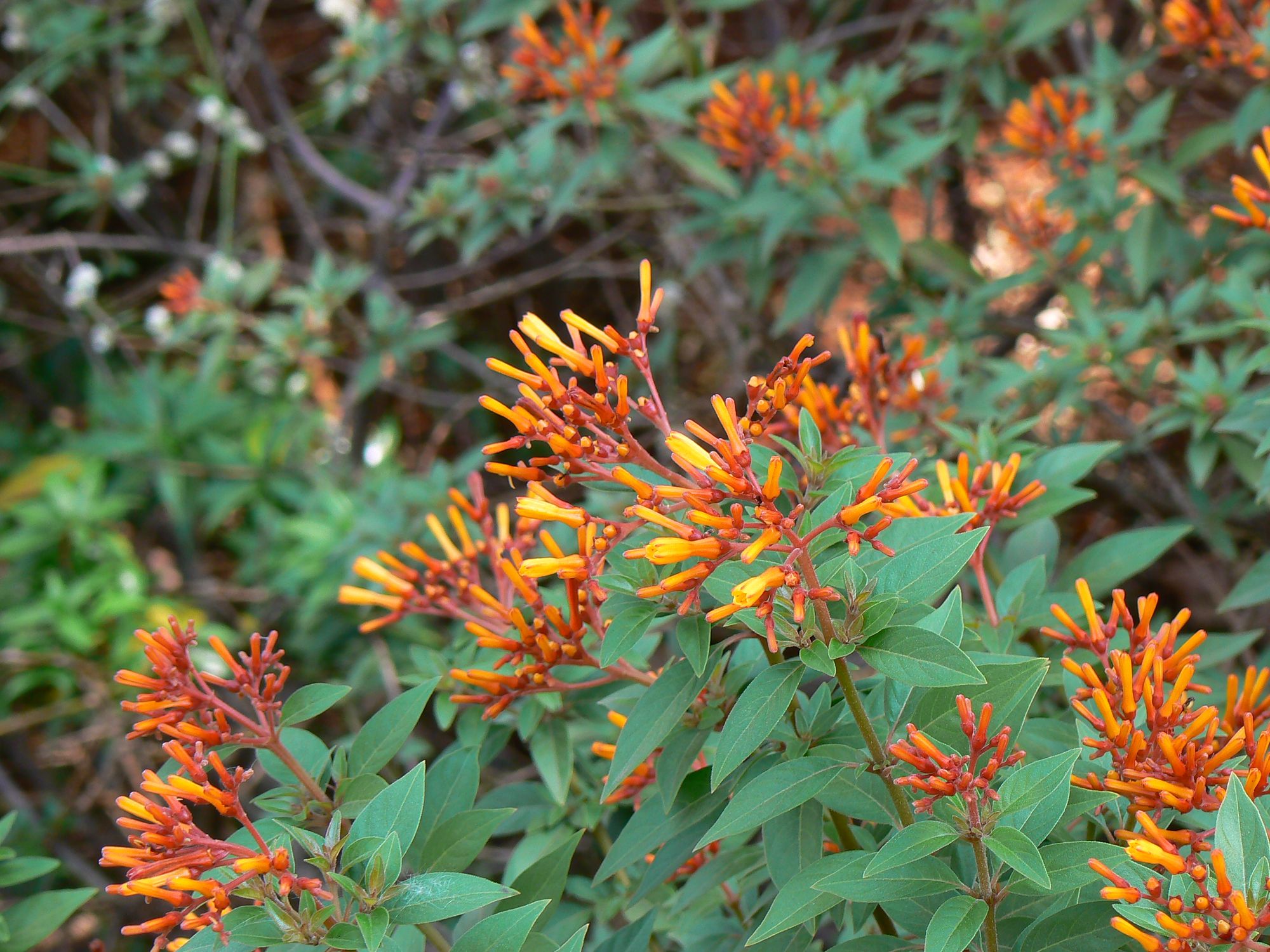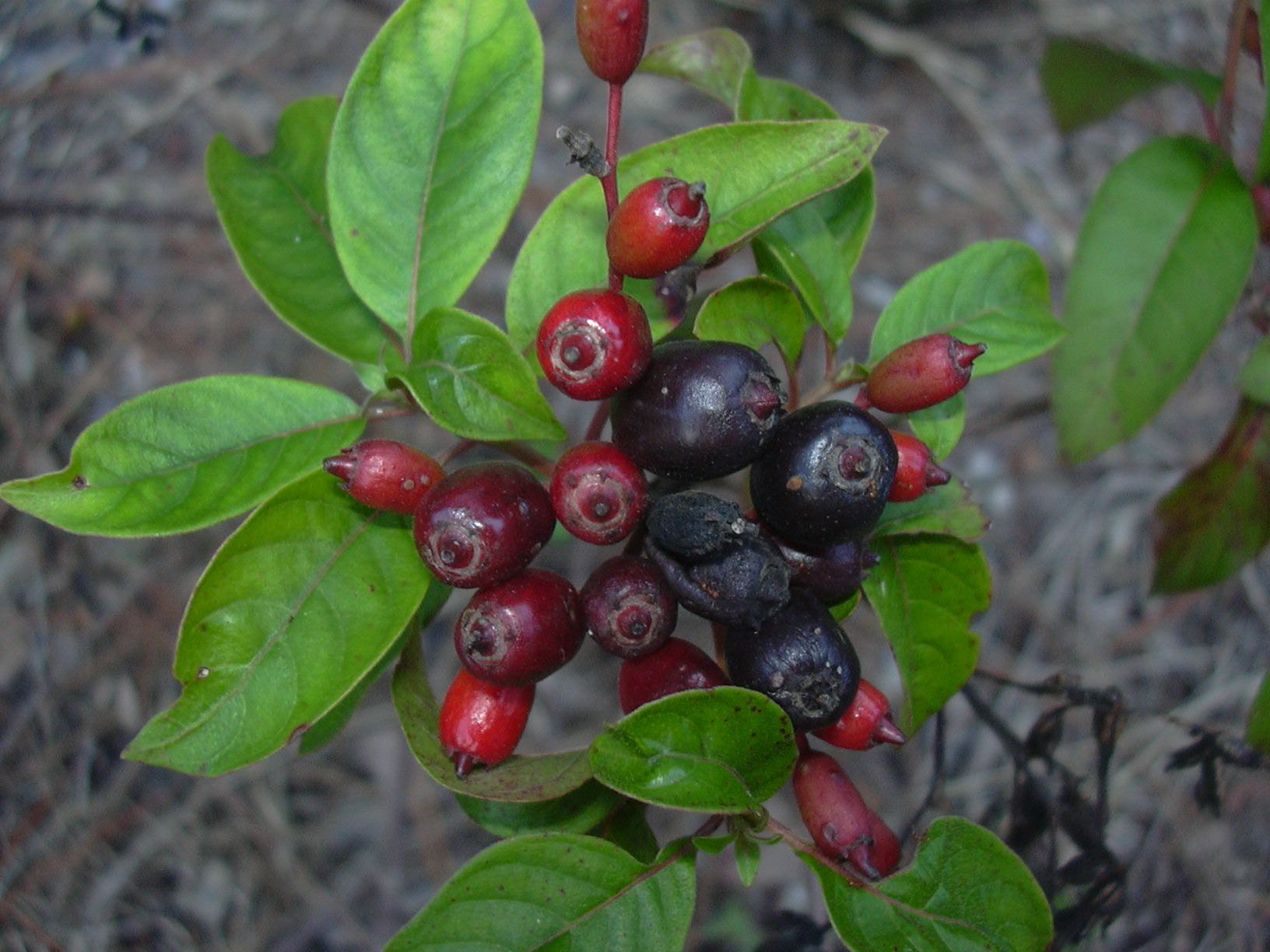
Another Bright, Tropical Flowering Plant in Florida
Moving on in our backyard tour of Florida is another plant commonly used as an ornamental. It is native to the southern half of the state as well as large portions of Latin America. This is the firebush, Hamelia patens.
The firebush is a perennial shrub, a member of the coffee family (a large group of approximately 13,500 species of plants, which does include the plant used to make said caffeinated beverage), and named after the distinctive orange-red color of its flowers. The petals of each flower form a tube-like shape, making them popular targets for hummingbird and butterfly pollinators.
Much like the bougainvillea from last week, this plant is a popular fixture in Florida gardens and other ornamental settings. It takes little coaxing to grow and instead requires regular trimming simply to keep it under control. I joke to myself at times that while the firebush is primarily named after the color of its flowers, it could just as easily be named for its growth rate as it tends to spread like a fire if left unchecked. This is true for many plants in Florida, especially the farther south you travel. Because the state is subtropical and receives large amounts of rain, many plants that are not cold-tolerant thrive here as frosts are few and far between.
One of the other reasons why firebush has become so ubiquitous in south Florida is because it has no dormant period and usually flowers continuously, meaning that its bright colors are present year-round. In addition to the flowers attracting pollinators of different types, firebush berries are a popular food source for a number of birds. The berries, shown below, turn black as they ripen and are actually edible for humans as well. While I have not personally tried them, and am not sure if I ever would, the descriptions I found in my research indicate they have an acidic taste. They are even made into a fermented drink in Mexico.

Firebush has also been used as a medicinal plant by the indigenous people of the tropical Americas, especially for skin conditions. There is evidence that some chemicals in firebush extracts (of leaves or stems) have antibacterial or antifungal properties. This fascinates me because the research questions for my own Masters thesis were driven by beliefs based on local observations of a sea turtle nesting beach in Ghana. I am a firm believer that ‘traditional knowledge’ should not be discounted out of hand. That doesn’t mean that it should be accepted without question, either. Science lives off of constantly testing and re-testing our ideas. Traditional knowledge should be tested to see what parts have a basis in fact, and what are either superstition or the result of a placebo effect.
Of course, not all of the subjects for this season’s stories will be as pretty as the first two, but I think they all are just as interesting. If you live in Florida, many of these are all around you. All you need to do is take the time and observe. The natural world is everywhere if you look for it.